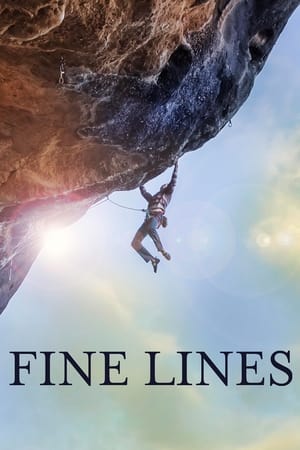Overview
On the Thessalian plateau, a place famous in ancient Greek history, enormous and steep rocks rise, almost representing an epic clash of giants. In this mystical environment, Meteora once served as an aerial refuge for hermits and then for nuns of strict orders, who, renouncing the world, lived in the celestial peace of the peaks. This area is today a silent and fantastical climbing site, and some caves carved into the rock face remain inaccessible. Mountaineer Patrick Berhault and his French partner Patrick Cordier, one of the classic leaders of modern climbing, have set out to conquer these peaks steeped in history, which will never cease to be "The Pillars of Dreams."

 22 min
22 min
 10
10
 1987
1987
 France
France




















